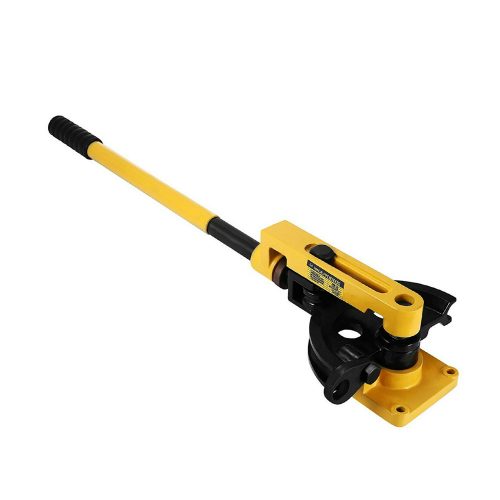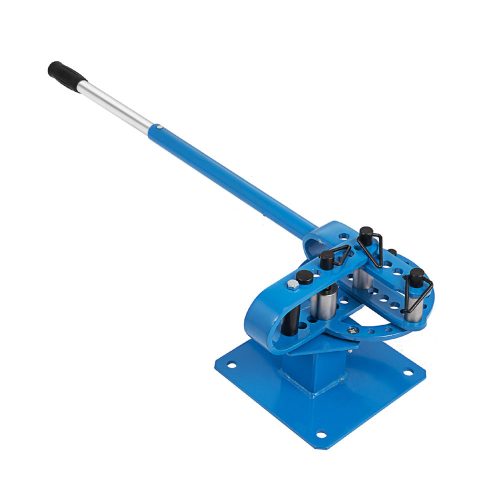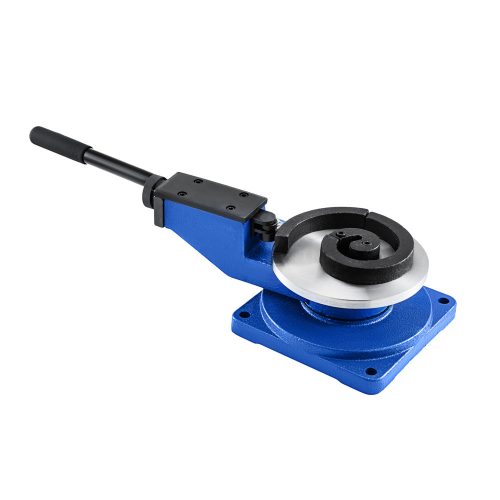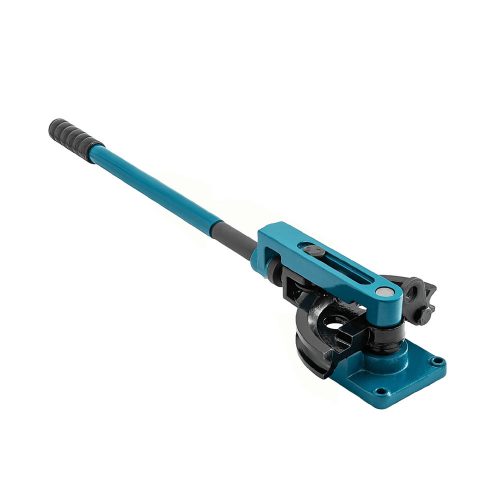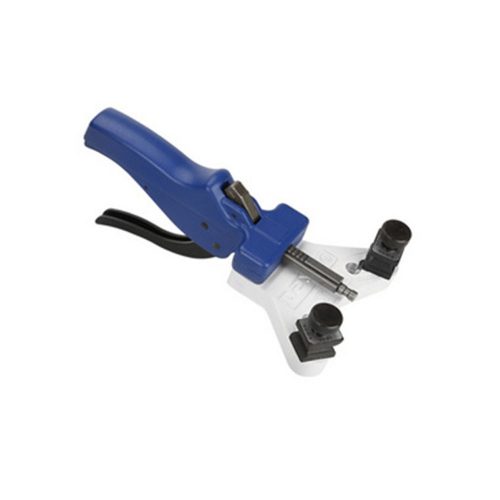BEST PIPE BENDER COLLECTION FOR YOU
There are many types of pipe benders: conduit bender, hydraulic pipe bender, exhaust pipe bender, mandrel pipe bender, PVC pipe heater bender, and conduit pipe bender, to name a few. Each type of bender has different uses and effects. Pipe bending charts will help you bend pipes of various materials.
- Best Brands
Yellow Jacket
IDEAL
Eastwood
Klein Tools
OTC
Monument
Ridgid
Southwire
VEVOR
IRWIN
Greenlee
SWAG Offroad
OEMTOOLS
Ideal Industries
BAHCO
Baileigh
Woodward Fab
Rothenberger
uxcell
Uniweld
Hilmor
KAKA INDUSTRIAL
- Type
- Open Rotary Draw Bender
It is the best roll cage tubing bender and can handle most tube sizes, lines, etc.
- Mandrel Bender
You can use it when you want to keep the inner diameter of the pipe. They are suitable for making tight pipe bends, and pipe bends without deformation.
- Roll Bender
This bender can bend tubes into a circular shape (huge pipe bending radius). You can also use it to make coiled tubes.
- Ram-style Bender
This type of bender is fast and inexpensive. They are often used for fence posts, tubular structures, and exhaust systems, to name a few.
- Manual pipe bender
Manual tube benders are economical machines suitable for small production runs. The accuracy of the bending angle depends on your operation.
- Air/Hydraulic tube bender
They are powered by hydraulic pressure and shop air (90 to 120 PSI).
- Electric/Hydraulic tube bender
Electric/hydraulic benders are driven by electric/hydraulic pumps and are much faster than air/hydraulic systems. They may also have automatic stops.
- NC and CNC pipe bender
They are programmable and offer a high degree of accuracy. These machines are equipped with touch screens, encoders, and automatic stops.
- Power
- Capacity
- Price
- Accuracy
- Materials
Copper pipe benders, steel pipe benders, and aluminum pipe benders are available.
- Ease of use
- Safety
- Warranty
- Bending Range
Step 1: Use a suitable pipe bender
Step 2: Set up it
Step 3: Mark the reference point & bending direction
Step 4: Align and insert the tube into it
Step 5: Start to bend the pipes
Step 6: Remove your finished tube
For more details, you can turn to the following websites for help.
https://www.daechun.co.kr/blog/use-tubing-bender/?ckattempt=1
https://www.wikihow.com/Use-a-Pipe-Bender
Mandrel tube bending is dominant in stainless steel tube bending, especially for small radius applications. Its most significant advantage is preventing common bending problems, such as flattening, creasing, and kinking. The mandrel tube bending setup includes a press die, a clamp die, a mandrel, and a wiper die.
If you want to know more about the four methods, please turn to the following website for help. https://www.rapiddirect.com/blog/bending-stainless-steel-tubing/
- Most Common Methods
2. Use salt or sand to bend the copper pipe.
3. Bend a copper pipe with ice.
4. Use a copper pipe bender to bend the copper pipe.
If you are looking for more details, please go to the following links.
https://www.thespruce.com/how-to-bend-copper-pipe-5081971
- Tips
Pipe support is key to maintaining the shape. Supports include internal or external bracing.
- Bend slowly
A quick bend may make it curl. Ripples may appear on the inside of the curve.
- Bend the shape
Bend the copper pipe on a padded knee. You can bend the copper tube to a 4 to an 8-inch radius. Other items may work: buckets, metal cans, or large water pipes.

